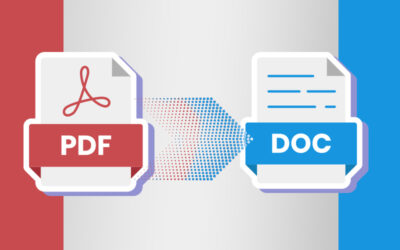
Preservation in digital format usually takes place in libraries and archives. Through this initiative, the public is allowed online access documents of perennial historic value, and learn more about people and incidents of historic times. The prime reasons for archiving fragile historic collections include:
- Digital documents allow online access to an increased number of holdings
- Encourages preservation by limiting the handling of original records
- Allows use of materials that can no longer be accessed in their original format
- Provides enhanced preservation of records (originals) by reducing wear and tear
- Saves a lot of space and allows resources to be utilized more efficiently
Digital Conversion Process of Historic Documents
Common processes in the digitization of historic/archival collections include:
- Selecting the material for digitization, preferably under the guidance of an archivist
- Documents are scanned or digitally photographed to create TIFF or JPEG files
- Creating metadata for each scanned document – to make digital objects searchable online – for each digitized document
- Digital documents and the corresponding metadata are combined to create an electronic database
Yad Vashem Continuing Digitization of Holocaust Memories
In recent news, it is reported that, Israel’s Yad Vashem Holocaust memorial has held their first workshop devoted to the physical and digital preservation of documents. Yad Vashem is the world’s largest memorial for the victims of the Holocaust, a historical tragedy when approximately six million Jews were killed by the Nazi regime (during World War II). The building holding collections on those memories is located in Israel and was founded in the year 1953.
Today, more than 50 years after the commencement of this memorial, their valuable collections include the following.
- Over 154,000,000 pages of documentation
- Over 112,000 survivor testimonies
- Over 420,000 photographs
- Around 2.6 million names registered on pages of testimony
These collections are available in the form of documents, books, microfilms, etc. They cover a large period of time, from the early 1930s until 1945 and include a great deal of material about Jewish life in the years before the war as well as the fate of the survivors after the war. The ramifications of the Holocaust until the present time can be clearly traced from these materials.
At Yad Vashem, the fragile documents and items are treated and preserved in such a manner as to maintain their original feel. The procedure includes the following steps:
- First of all, the collections go through a sorting process, to cleanse them out
- Then they are sent to the digital services department where they are scanned, photographed and filed
Document scanning helps to have a secure copy of the original document and allows it to be posted online for those who are unable to visit the museum. Yad Vashem is scanning nearly 20 million documents a year and has accumulated 350,000 hours of audio and video testimony. They are planning to achieve complete digitization within the next four to five years.



